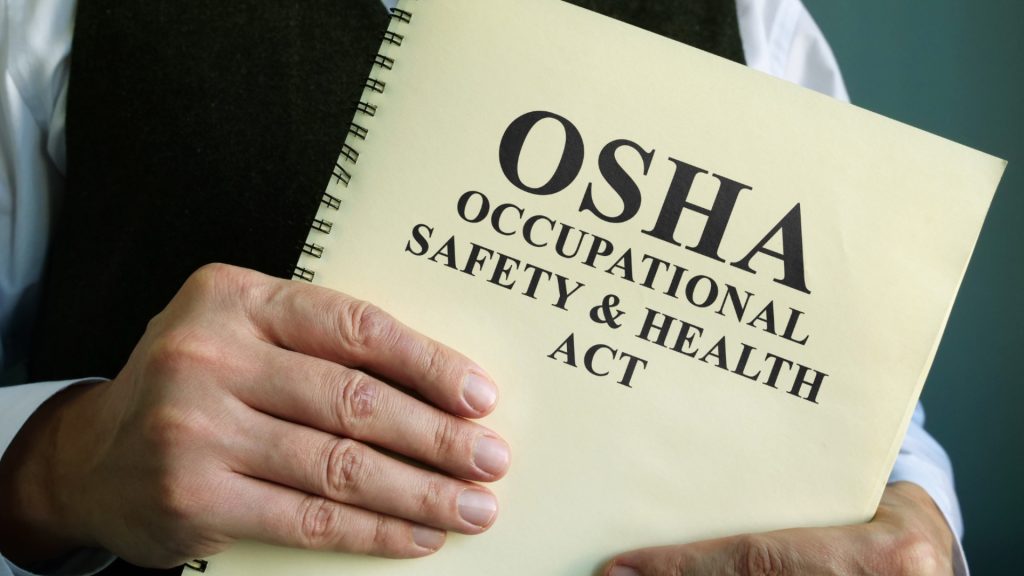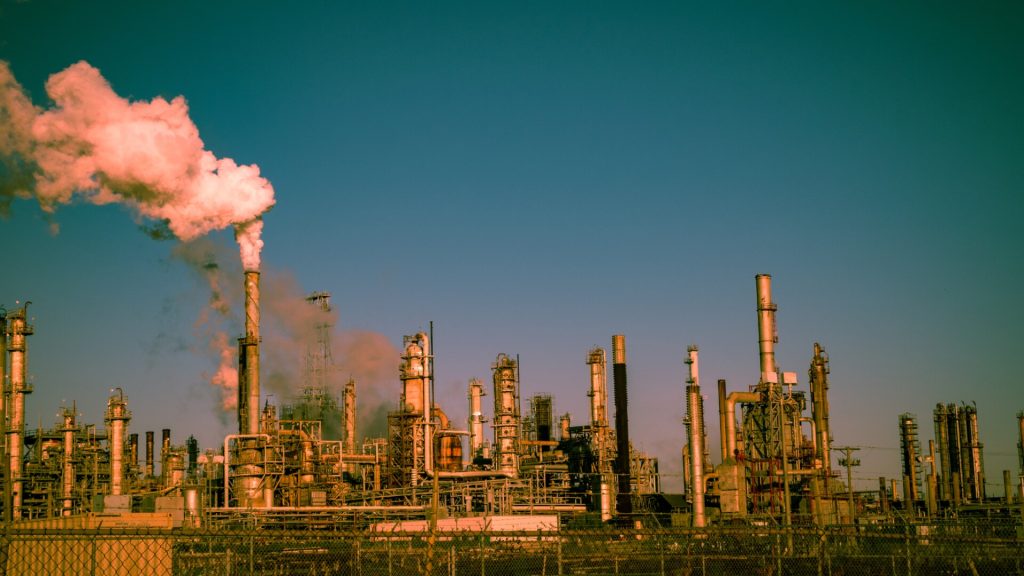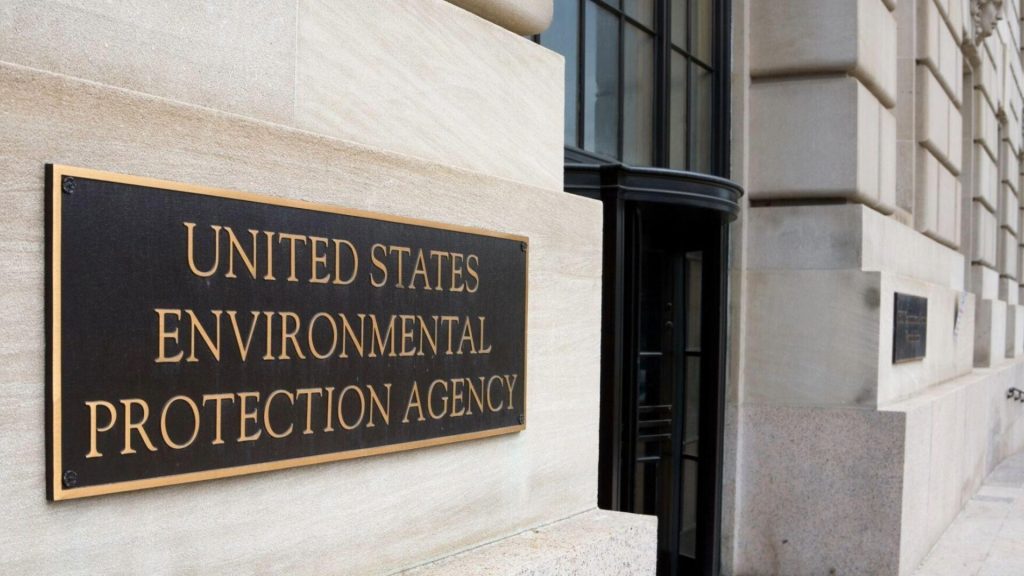Benzene is a dangerous chemical that most of us are exposed to daily through various plastics, pharmaceuticals, detergents, and even gasoline. The problem is most of us have no idea just how dangerous benzene is – and it’s because industry leaders have allegedly hidden the scary facts. The good news is times are changing – and so is public perception.
What Is Benzene?
Benzene is a highly flammable liquid that evaporates into the air quickly – usually settling in low-lying areas due to its heavy vapor. According to the CDC, it’s one of the most produced chemicals in the United States, and is found in both indoor and outdoor air.

A majority of the benzene found in outdoor air comes from gas stations, exhaust emissions, and industrial emissions, while most of the benzene in indoor air comes from paints, glues, detergents, and gas appliances – though it’s also a major component of tobacco smoke.
What Are The Signs And Symptoms Of Benzene Exposure
Exposure to benzene – especially in high amounts or for long periods of time – can be very dangerous. It has long been linked to leukemia and various other blood cancers, but can also damage the bone marrow, result in anemia, and increase your risk of infection.

Some of the most common signs and symptoms of benzene exposure include drowsiness, dizziness, confusion, headaches, rapid heartbeat, tremors, and unconsciousness. Over time, benzene exposure destroys blood cells and weakens the immune system – either resulting in illness, cancer, or death.
New Study Shows The Hidden Dangers Of Benzene
A new study – led by Stanford University and published in Environmental Science & Technology – suggests that indoor benzene exposure from gas appliances ‘can be worse than average concentrations from secondhand smoke,’ even when we’re not using those appliances! It’s the first study to monitor benzene levels while using a gas appliance – and it’s concerning!

Stanford urged homeowners to transition to electric appliances or, if that’s not possible, improve the ventilation inside their homes to reduce exposure and keep their families safe. Homeowners can also avoid consumer products (personal care products, detergents, cleaning products, glues, and paints) that contain benzene – though it’s, unfortunately, found in most of the products we use daily.
The Industry Has Known About The Danger, But The Public Hasn’t
The dangers of benzene are nothing new to the scientific community – in fact, the warnings date back to the 19th century when it was identified as a bone marrow poison in France and Sweden. Research continued throughout the 20th century, but the more scientists learned, the more they grew concerned.

It wasn’t until 1928 that they linked occupational benzene exposure to leukemia, but the severity of that danger was kept under wraps for nearly four decades – despite several warnings from trusted sources, including the Harvard School of Public Health in 1948 and the University of Cincinnati’s Kettering Laboratory in 1951.
Government Starts To Push Back In The 1970s
The perception around benzene exposure started changing in 1973, when Shell’s medical director, Roy Joyner, insisted that the company monitor the health of workers exposed to benzene – even those who were exposed to lower concentrations over a long period of time.

In his warning, he clarified that exposure of any kind (inhalation of high or low concentrations, absorption through the skin, etc.) can result in chronic poisoning that negatively affects the blood and bone marrow – eventually causing anemia, leukopenia, thrombocytopenia, and leukemia.
Pliofilm Study Shows Link Between Benzene and Leukemia
In 1976, the National Institute for Occupational Safety and Health conducted a study of its own. They targeted two Goodyear Tire and Rubber Co. plants – one in Akron, Ohio, and another in St. Mary’s, Ohio – that were using benzene to produce Pliofilm (a rubberized food wrap).

They ended up finding a ‘conclusive’ link between leukemia and benzene exposure – adding that workers at these two locations were 5-10 times more likely to develop leukemia than the general population. As you can imagine, this raised scientific concern – and resulted in a stern response from the industries relying on benzene.
Shell’s 1977 Mortality Study Causes Controversy
Mere months after NIOSH revealed their findings, Joyner teamed up with Dr. Reuel Stallones (former dean of the University of Texas School of Public Health) to examine roughly 36,000 deaths of Shell workers and retirees. Unfortunately for NIOSH, they failed to find a link between leukemia and benzene exposure.

Of the 36,000 deaths, 21 of them were caused by leukemia – a number that falls in line with the ‘expected’ number in the general population. As a result, they concluded that Shell workers don’t have an increased risk of developing leukemia, despite heavy and long-term exposure to benzene.
OSHA Tries To Adopt Emergency Temporary Exposure Standard, But Fails
Prior to 1977, the occupational exposure limit for benzene was set at 10 parts per million (10 ppm) – a number that was once considered safe for most people. The NIOSH study changed that perception, and resulted in OSHA attempting to change the standard exposure limit.

In 1977, the Occupational Safety and Health Administration (OSHA) issued an emergency temporary standard that lowered the exposure limit to just one part per million (1 ppm). Unfortunately, that standard was immediately challenged by the American Petroleum Institute (API), and never actually took effect.
Petrochemical Companies Try To Sweep The Issue Under The Rug
It didn’t take long for the petroleum industry to take action – and it worked. The API (with help) successfully bottled up the new exposure standard in court for nearly a decade – meaning OSHA couldn’t enforce it during that time. Unfortunately, this likely resulted in more deaths as exposure continued.

The standard made its way through the United States Supreme Court, but they decided in favor of API in a close 5-4 ruling – citing a lack of justification for reducing the limit from 10 ppm to 1 ppm. This was definitely a setback for OSHA, but they weren’t about to stop their fight.
OSHA Reissues Exposure Standard In 1987
In 1987, OSHA reissued its 1 ppm standard. It effectively reduced the “permissible exposure limit (PEL) from 10 parts benzene per million parts of air (10 ppm) to an eight (8)-hour time-weighted average (TWA) of 1 ppm and a short-term exposure limit (STEL) of 5 ppm,” according to OSHA’s official website.

It was the fresh start OSHA needed, but it knew more needed to be done – especially with NIOSH urging an even more strict standard (0.1 ppm instead of 1 ppm). OSHA seemed to agree with them, citing that the 1 ppm standard would cause roughly 10 leukemia deaths for every 1,000 workers.
American Petroleum Institute (API) Launches Misinformation Campaign
The reissuing of the standard in 1987 struck fear in the API, so they decided to respond with a resilient misinformation campaign to not only hide some of the dangers of benzene, but avoid any further lowering of the exposure standard.

A lower standard would result in the industry having to change their processes to reduce benzene exposure – which would cost money. Companies would also run the risk of potential lawsuits with victims, which would hurt their reputations and cost even more money. The API wanted to avoid that.
Chevron, Mobil, and ARCO Enlist the Help of ChemRisk
In 1990, the API – including representatives from Chevron, Mobil, and ARCO – teamed up with ChemRisk to try and convince OSHA that stricter standards weren’t needed. Dennis Paustenbach, then-president of ChemRisk, stayed true to his promise and delivered two papers published in peer-reviewed scientific journals.

The first one argued that workers 15 years ago (when the Pliofilm study was conducted) were exposed to higher levels of benzene than they are today – meaning the initial risk was an overreaction. The second paper concluded that exposure to high levels of benzene only increased the risk of developing acute myeloid leukemia, but not other cancers.
API Tries To Dispute Chinese Study In 1997
In 1997, the misinformation trail continued when the API spent millions of dollars trying to refute a Chinese study that found a link between benzene exposure and various hematologic neoplasms (cancer) and other disorders (including non-Hodgkin lymphoma). They didn’t want this study to be accepted by regulators.

The tactics were always changing, but the fear remained the same – if regulators knew the true dangers of benzene, they would ask for gasoline to be reformulated, emissions to be controlled, and contamination to be cleaned up. It would be an industry disaster.
Have Any Changes Been Made Since?
Over the past 30 years, the API and its constituents have continued to downplay the true dangers of benzene exposure – and it has worked, to some degree. While public perception is changing, the exposure limit standard is still 1 ppm – meaning OSHA hasn’t reduced it since 1987.

Not only that, but there’s still no federal standard for ambient (outdoor) exposure to benzene – leaving that regulation up to the states. Some states allow up to 180 parts per billion in an hour (like in Texas), while other states are as low as 8 parts per billion (like in California).
Shell Accused of Withholding Important Information
While the standard hasn’t changed, the evidence has. In fact, we’re still unearthing evidence that was originally hidden decades ago – like Shell’s 1977 mortality study. After Peter Infante, a former OSHA and NIOSH employee, reviewed the draft of that study, he noticed something – and it wasn’t good.

Shell correctly reported the number of leukemia deaths in that study (21 people), but failed to report the 22 other workers who died of various forms of lymphoma – deaths that would’ve raised NIOSH and OSHA concerns, if revealed at the time. It’s just another way the industry knowingly withheld information for decades to hide the danger.
EPA Doing Their Part To Raise Awareness And Inspire Change
The industry doesn’t want the public to know how dangerous benzene is, but the Environmental Protection Agency has been working extensively to protect Americans from excessive exposure. For example, the EPA imposed a nationwide standard for the emission of dangerous pollutants – including benzene.

In 2007, they passed a law demanding the gradual reduction of benzene in gasoline – which oil refiners have been following ever since. They also passed the Petroleum Refinery Sector Rule in 2015, which requires oil refineries to monitor benzene emission levels around their property boundary.
Biden Administration Is Continuing Those Efforts Under The EPA
The EPA isn’t done. Now working under the Biden administration, the EPA is going after a majority of chemical manufacturers in the US – totaling more than 200 facilities – that contribute to benzene exposure (as well as other hazardous air pollutants, including ethylene dichloride, vinyl chloride, and 1,3-butadiene).

Not only would they have to monitor benzene levels at their fence line, but these manufacturers would have to improve their processes to reduce benzene emissions into their communities. Most of the companies they’re targeting are in Texas, Louisiana, the Gulf Coast, and West Virginia.
What The Public Needs To Know About Benzene Exposure
Benzene isn’t going away anytime soon – so don’t expect it to. More than 130 billion pounds of benzene was produced in 2022, and many experts predict an increase over the next five years. While the demand increases, the science grows – and it’s not pretty.

What the public can do is educate themselves on the dangers of benzene – after all, it’s the best way to enact change in any community. If you believe you’ve been exposed to benzene, do your best to avoid that area and speak with your doctor.






